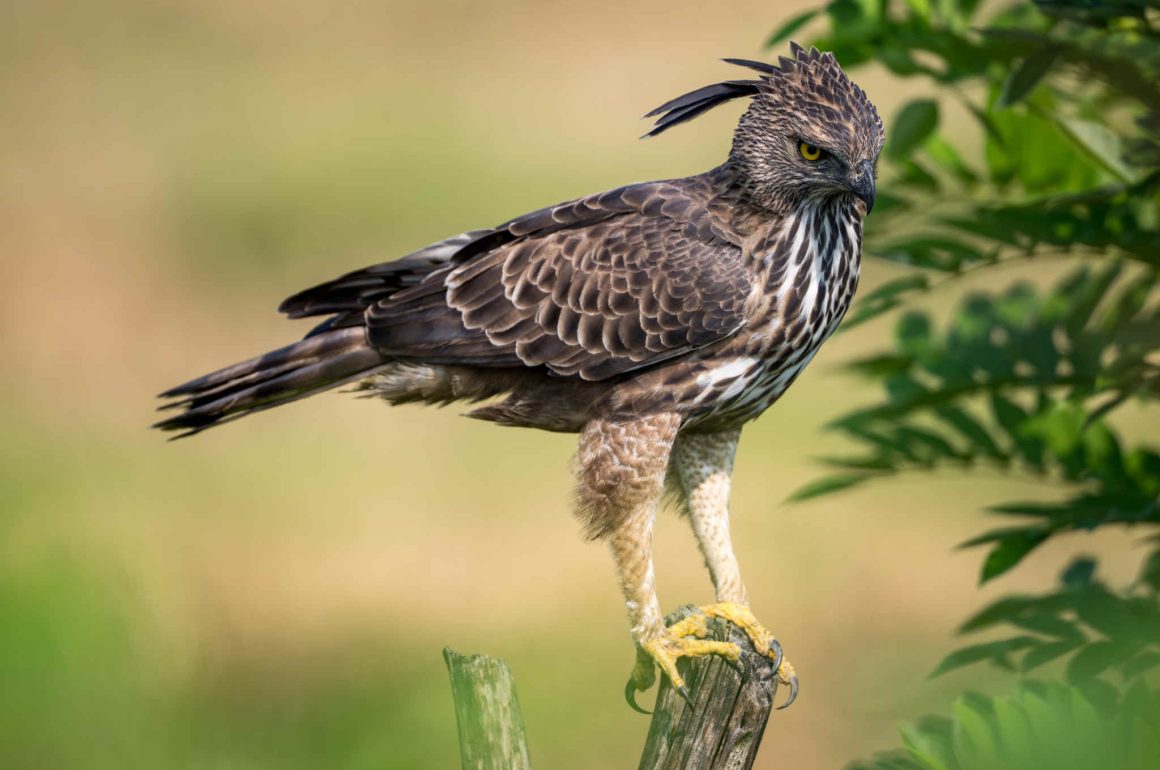
The Changeable Hawk-eagle is among the more interesting-looking raptors. The common and the scientific names both reflect this.
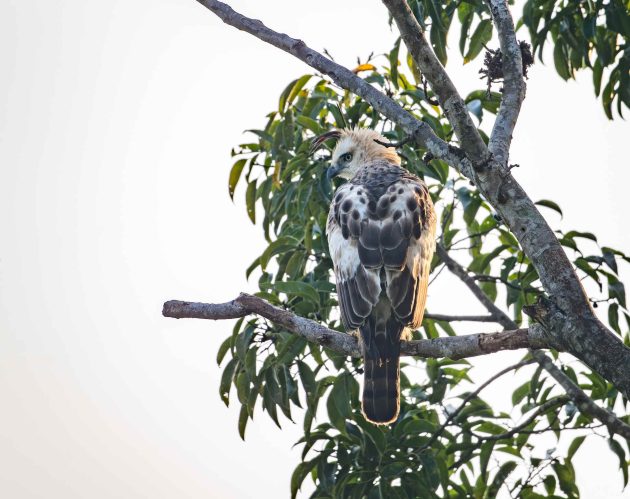
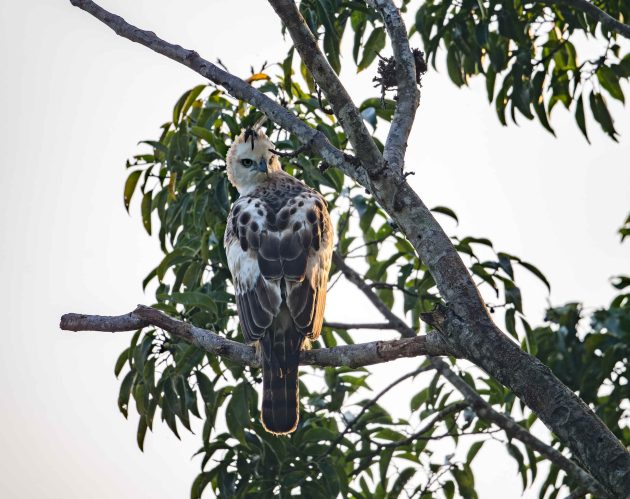
The “Changeable” refers to individual birds showing a wide range of variation in plumage from pale to dark that also varies with moult and age (source).


The scientific name Nisaetus cirrhatus characterizes the bird as “curly-haired” (cirrhatus).
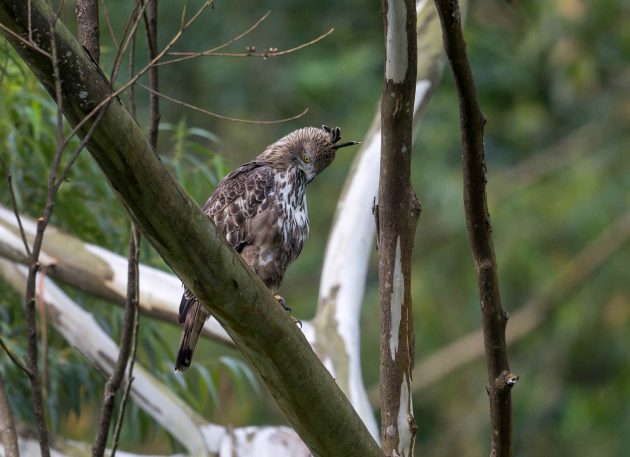
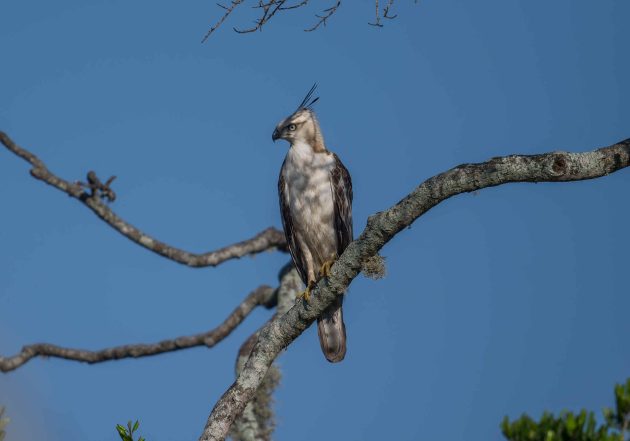
Apparently, ChatGPT is not widely used at HNG University, Patan, Gujarat, India. How else to explain – in a paper on a sighting of a Changeable Hawk-eagle described in Prithivya, an online journal dedicated to wildlife and conservation biology – sentences such as “Changeable Hawk-eagle sighting in the North Gujarat is may be one of the strong reasons due to lack of food and habitat they dispersed and finding the other places for their survival and suitable place for breeding also” or “After 10 minutes eagle was flied from the branch and sat on nearby tree”. Yes, I know I have a mean streak in me.
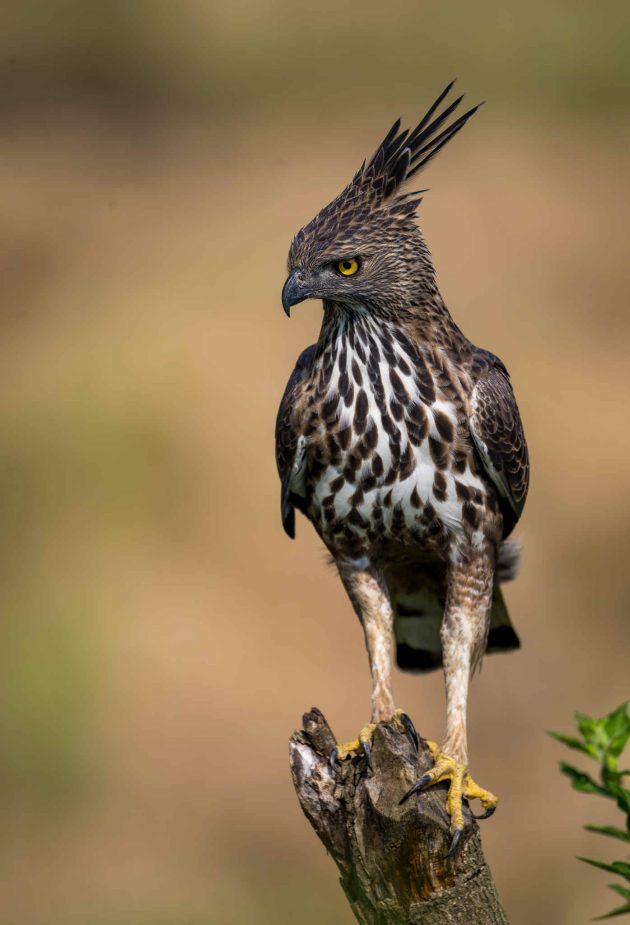
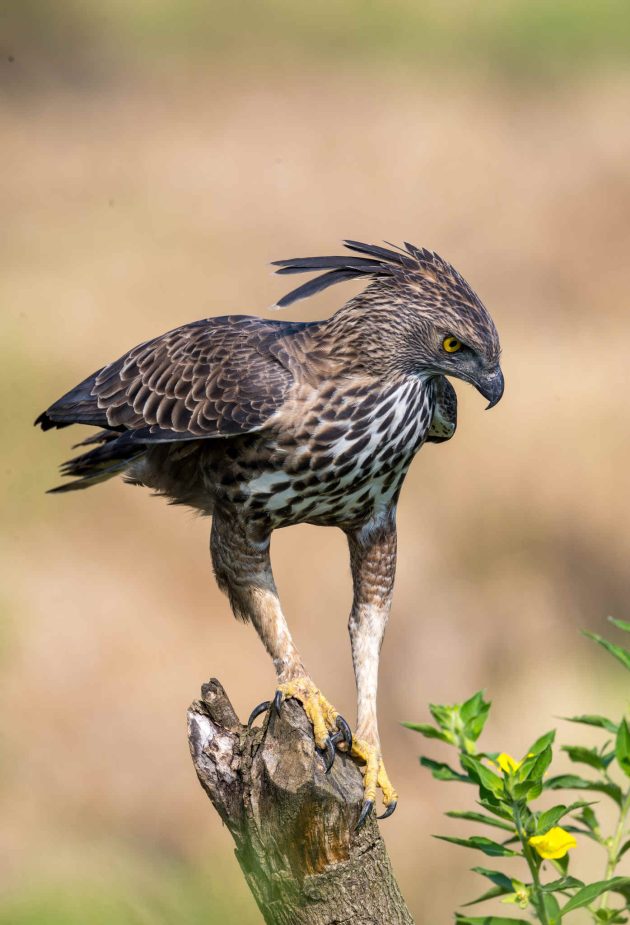
In another paper that a lobbying group for the species, the International Association for Truthful Reporting on the Social Life of Changeable Hawk-eagles (Truth Social, in short), tried to suppress, a researcher reported on scavenging by the species. If you want to see the bird feeding on a langur or a spotted deer carcass (your choice), see here.
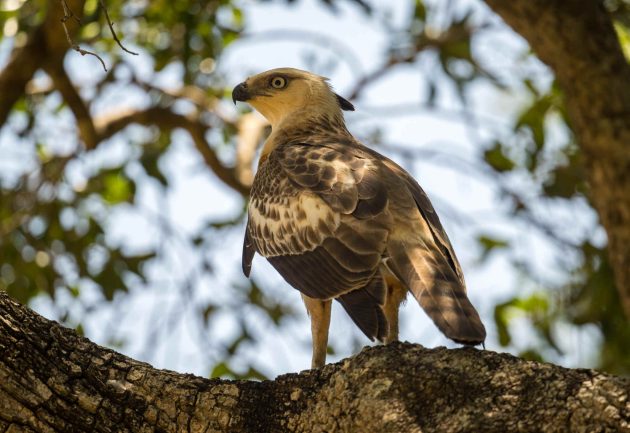
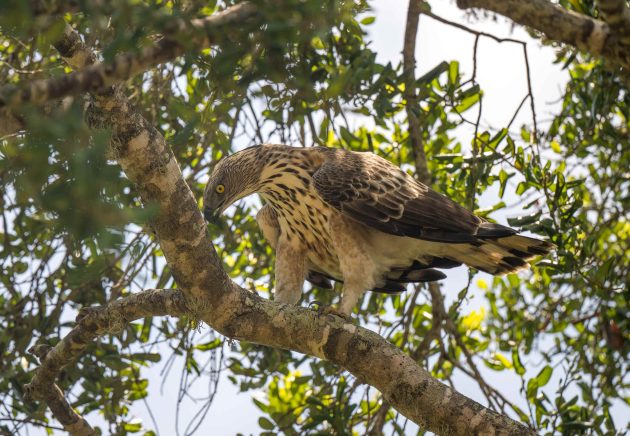
Preying on live animals is more common, of course – for example, on rhesus macaque, as described here …
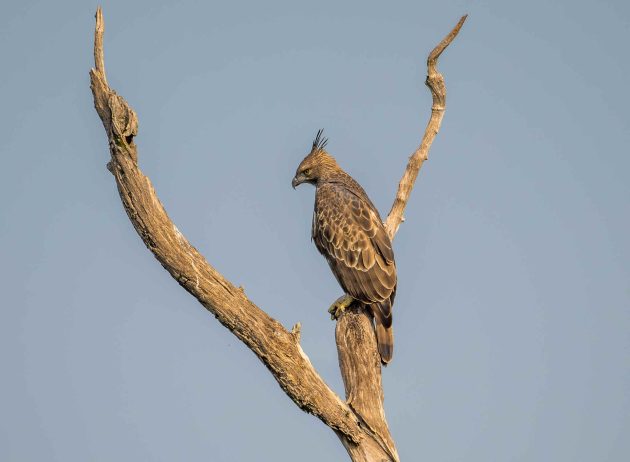
… or on Madras treeshrew.
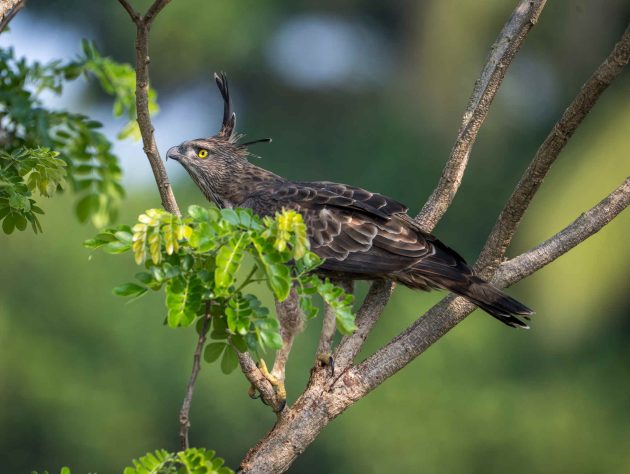
A riskier prey item is domesticated chicken, which has resulted in persecution in parts of India (source).
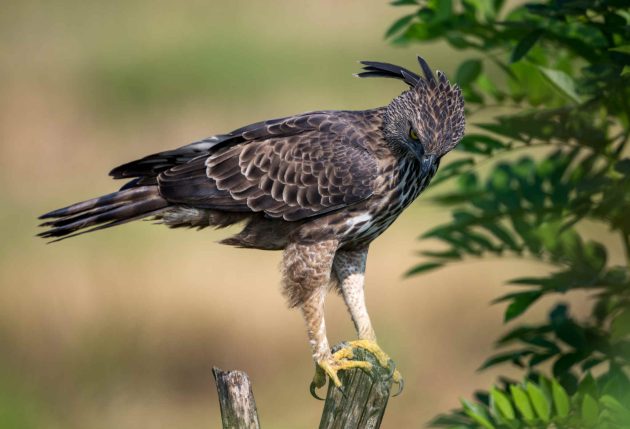
While the species is not particularly endangered (it is listed as Least Concern), individual breeding pairs still seem to take precautions. One paper describes how a pair chose a tree with three nests of Giant Honey Bees and hypothesizes that this is not a coincidence but rather a deliberate way to protect the nest from ground predators and possibly even other birds.
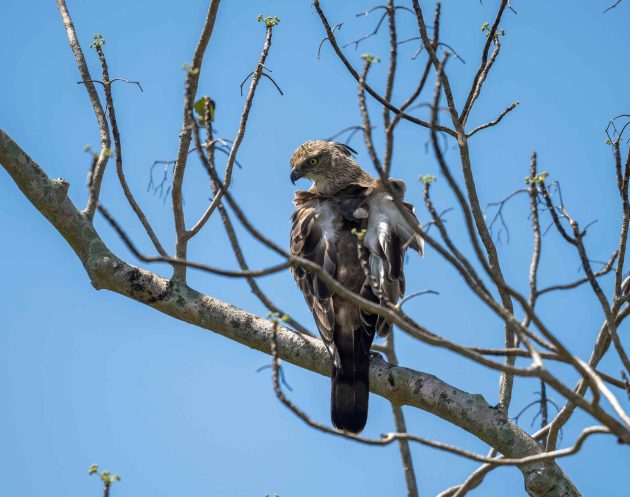
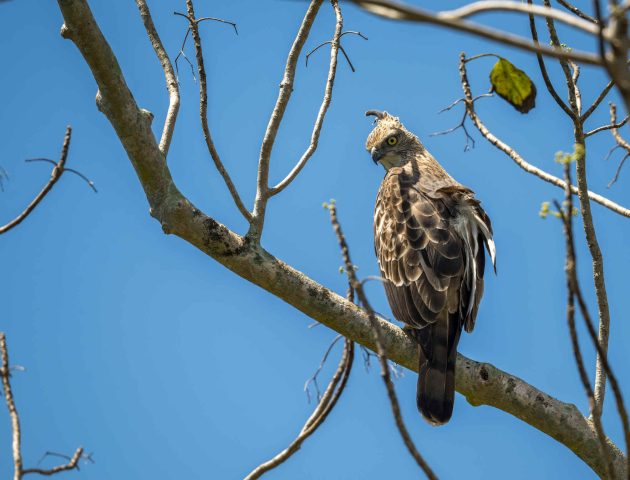
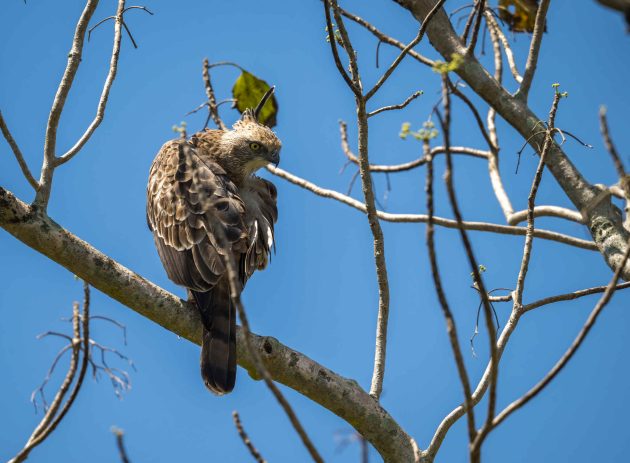
All photos taken in Sri Lanka in March 2025







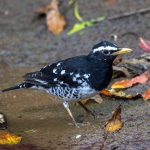

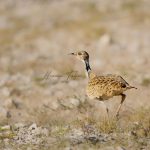


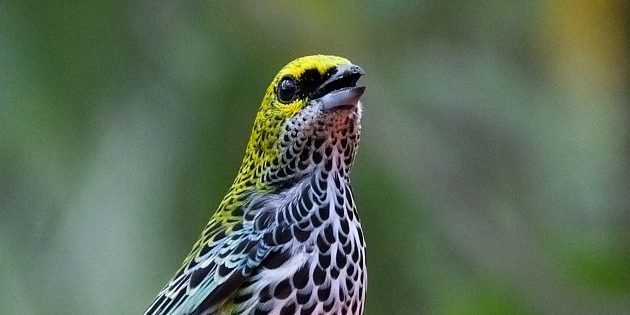
Beautiful bird – I have been fortunate to have seen one recently in Malaysia
What a beauty!